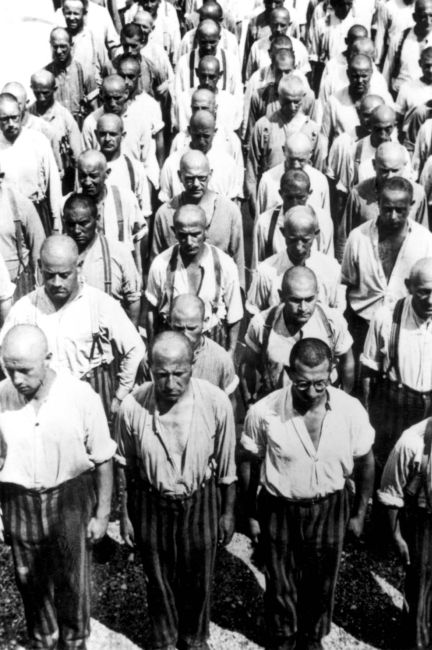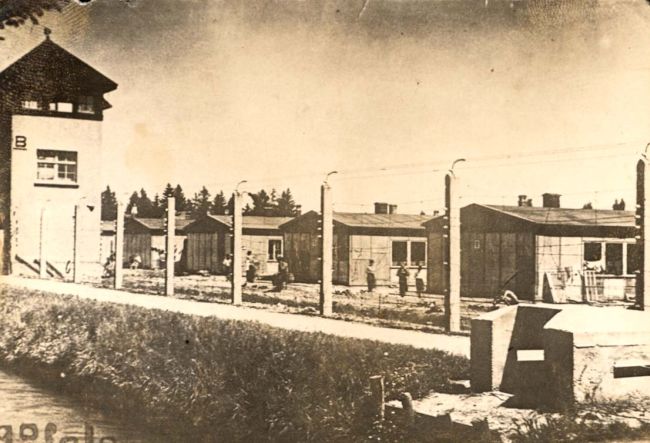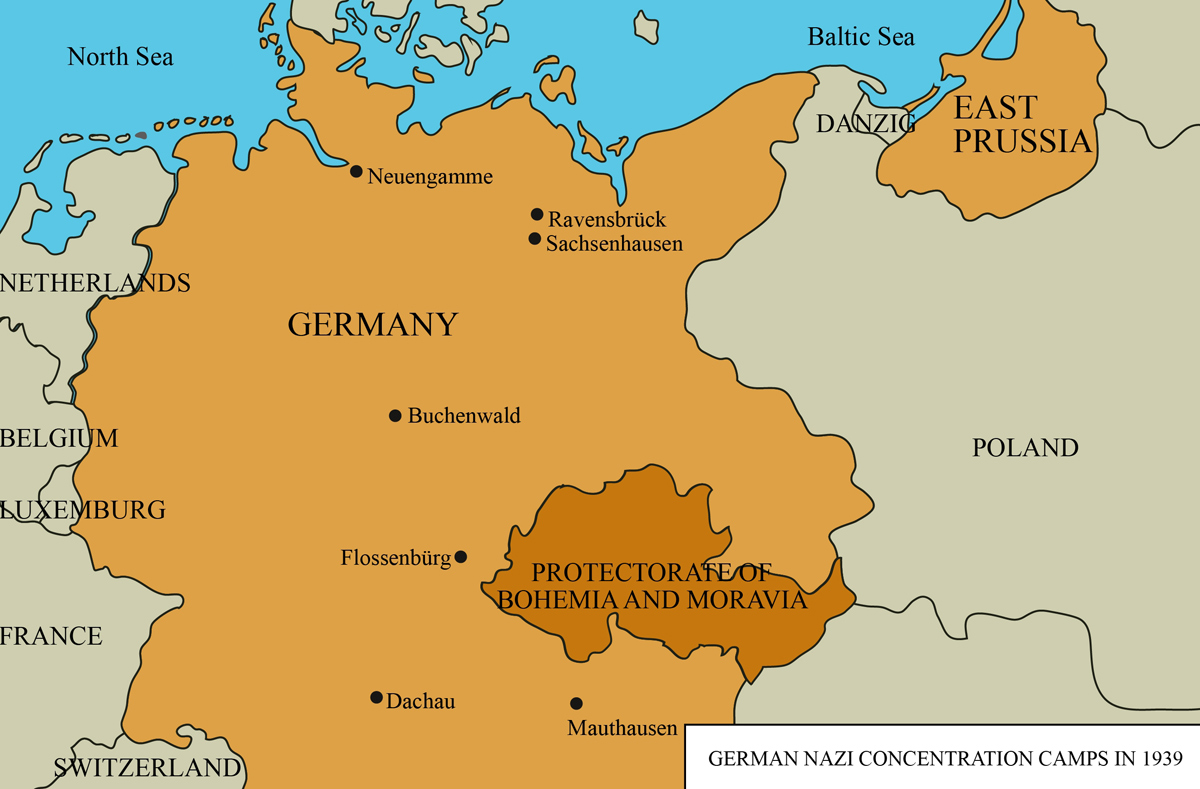Protective custody was applied in numerous detention centres that were established soon after the Nazis took over power at the initiative of the SA (i.e. Sturmabteilungen, or Storm Detachments—NSDAP militia), the SS (i.e. Schutzstaffeln, or Protection Squadrons—an elite paramilitary guard subordinate to the NSDAP), the police and various local administration authorities.
In July 1934 Heinrich Himmler, the Head of the SS, carried out Hitler’s order to replace these locally created detention centres with centrally organised concentration camps, subordinate to the SS. Dachau was the first such camp.
The Dachau camp was established in March 1933—at first as a detention centre, and then, from 1934 onwards, as a concentration camp. It was located on the grounds of an abandoned munitions factory, outside the town of Dachau, around 20 kilometres from Munich. It operated until the end of the war. It is estimated that at least 188,000 prisoners were held there between 1933 and 1945.
Initially, the SS held primarily German communists, social democrats, trade unionists, and other political opponents of the Nazi regime at Dachau.
Over time, other groups were also held there, such as Jehovah's Witnesses (as pacifists), Roma (Gypsies) (as antisocial), and homosexuals (because of their psychosocial orientation).
Following the Kristallnacht pogrom of Jews in November, 1938, more than 10,000 Jewish men were imprisoned at Dachau.
Take note how quickly the Dachau camp and other detention centres were established—within two months of the Nazis’ rise to power.




